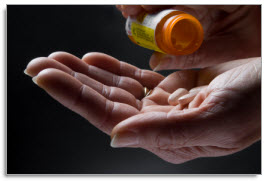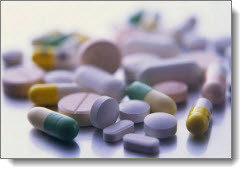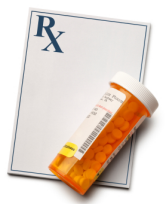Treating Performance Anxiety with Beta-Blockers
Beta-blockers, which include Inderal (propranolol), Toprol (metoprolol) and Tenormin (atenolol) among others, have been used in general medicine since 1965. These drugs block beta- receptors in the heart, and by doing so, blood pressure, heart rate and cardiac output are decreased. This led to beta-blocker use in the treatment of hypertension, angina and cardiac arrhythmias. In psychiatry, beta-blockers are used in the treatment of anxiety disorders with manifestations such as palpitations, sweating and tremor. As such, performance anxiety that may [...]








